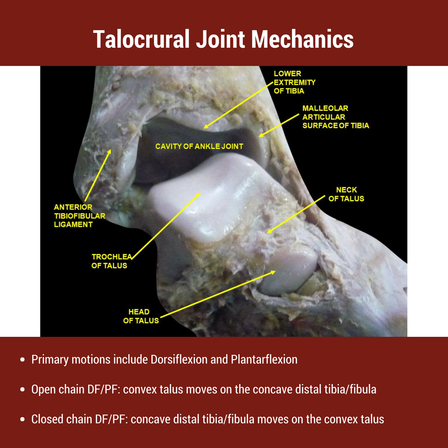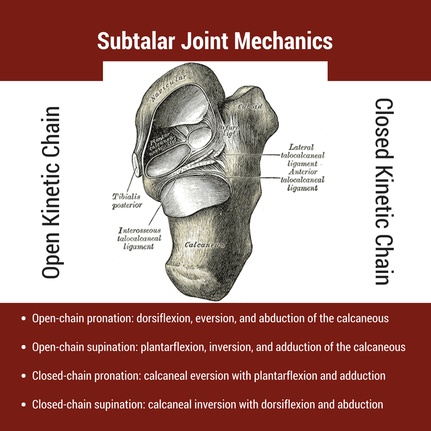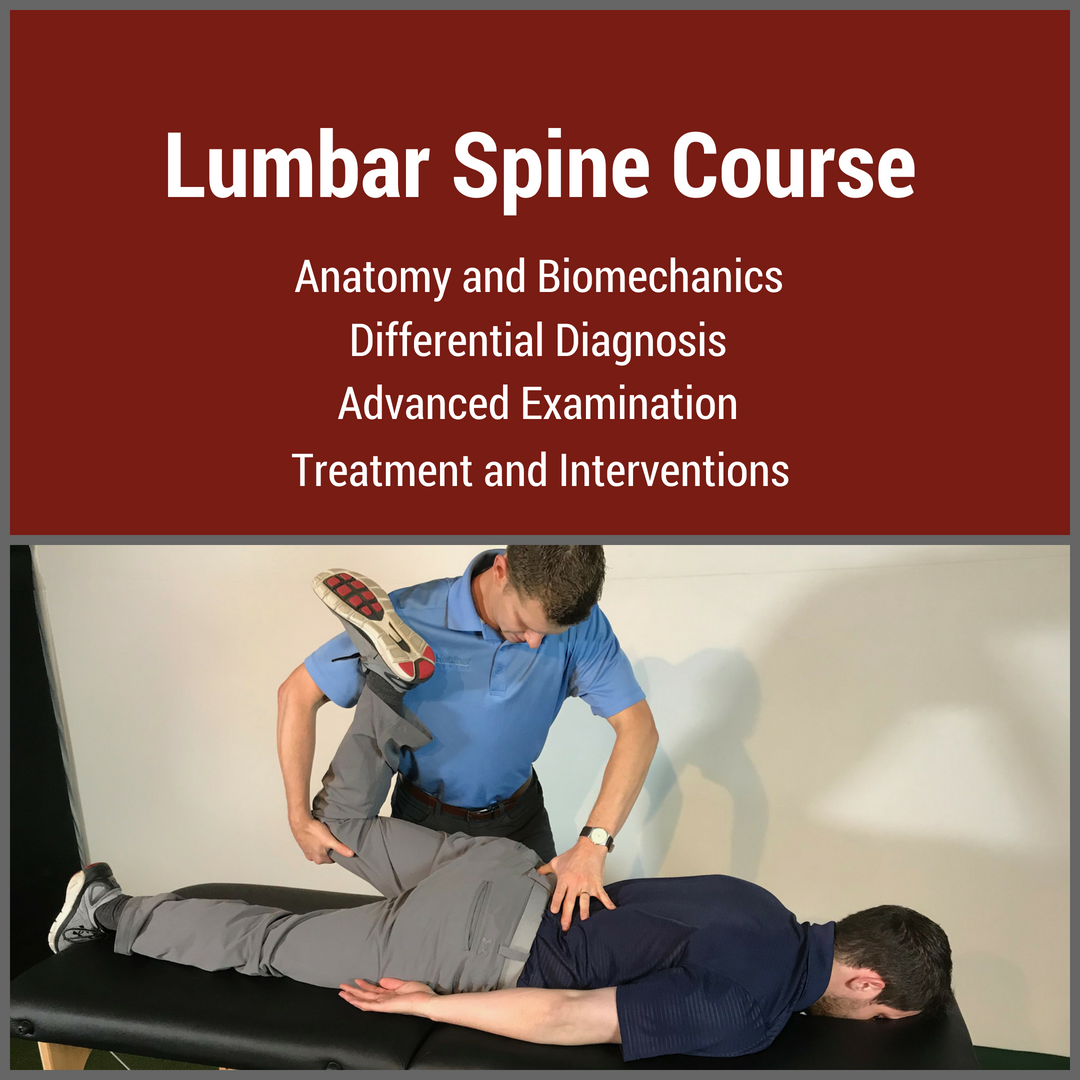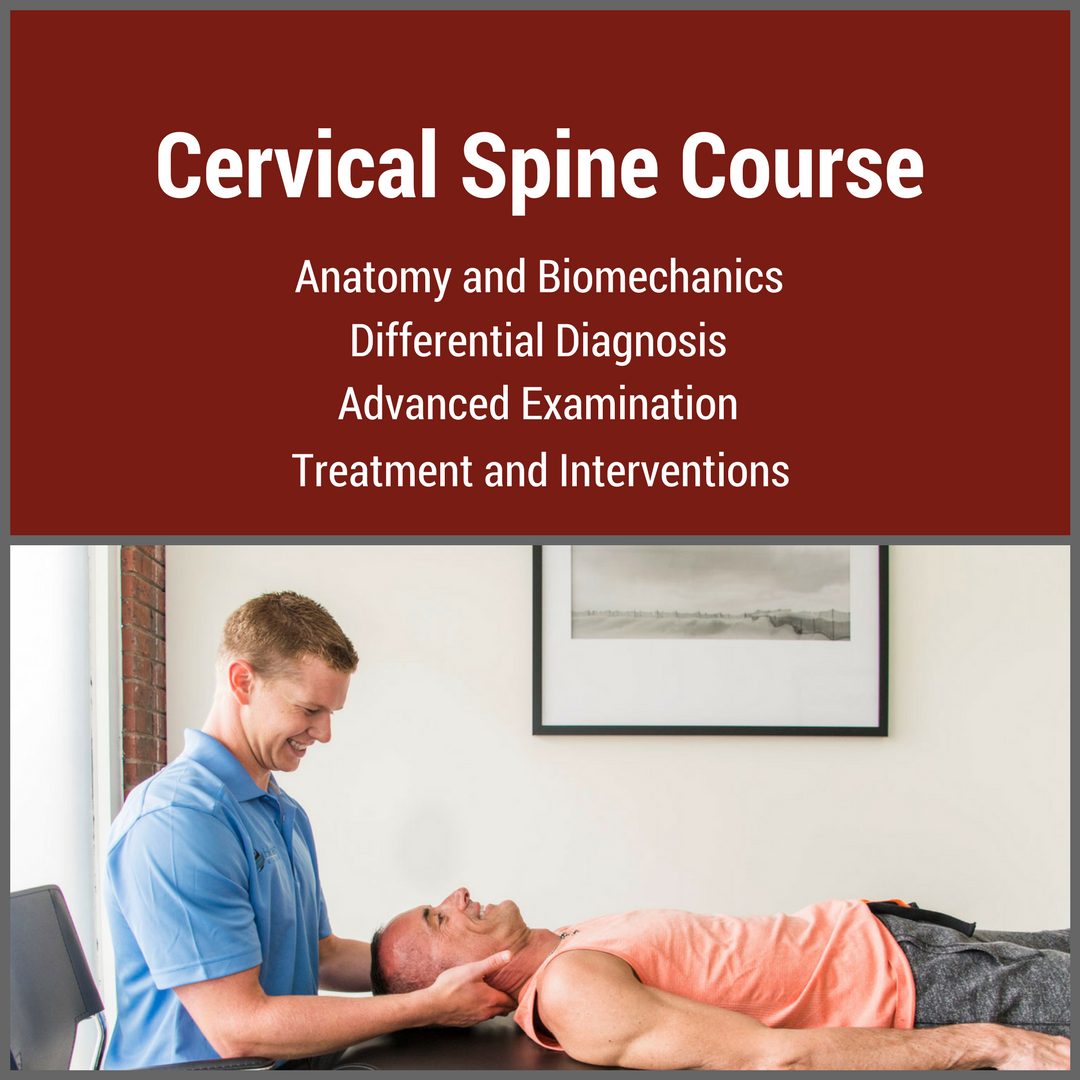- Home
- About Us
- TSPT Academy
- Online Courses
-
Resources
- Newsletter
- Business Minded Sports Physio Podcast
- Day in the Life of a Sports PT
- Residency Corner
-
Special Tests
>
-
Cervical Spine
>
- Alar Ligament Test
- Bakody's Sign
- Cervical Distraction Test
- Cervical Rotation Lateral Flexion Test
- Craniocervical Flexion Test (CCFT)
- Deep Neck Flexor Endurance Test
- Posterior-Anterior Segmental Mobility
- Segmental Mobility
- Sharp-Purser Test
- Spurling's Maneuver
- Transverse Ligament Test
- ULNT - Median
- ULNT - Radial
- ULNT - Ulnar
- Vertebral Artery Test
- Thoracic Spine >
-
Lumbar Spine/Sacroiliac Joint
>
- Active Sit-Up Test
- Alternate Gillet Test
- Crossed Straight Leg Raise Test
- Extensor Endurance Test
- FABER Test
- Fortin's Sign
- Gaenslen Test
- Gillet Test
- Gower's Sign
- Lumbar Quadrant Test
- POSH Test
- Posteroanterior Mobility
- Prone Knee Bend Test
- Prone Instability Test
- Resisted Abduction Test
- Sacral Clearing Test
- Seated Forward Flexion Test
- SIJ Compression/Distraction Test
- Slump Test
- Sphinx Test
- Spine Rotators & Multifidus Test
- Squish Test
- Standing Forward Flexion Test
- Straight Leg Raise Test
- Supine to Long Sit Test
-
Shoulder
>
- Active Compression Test
- Anterior Apprehension
- Biceps Load Test II
- Drop Arm Sign
- External Rotation Lag Sign
- Hawkins-Kennedy Impingement Sign
- Horizontal Adduction Test
- Internal Rotation Lag Sign
- Jobe Test
- Ludington's Test
- Neer Test
- Painful Arc Sign
- Pronated Load Test
- Resisted Supination External Rotation Test
- Speed's Test
- Posterior Apprehension
- Sulcus Sign
- Thoracic Outlet Tests >
- Yergason's Test
- Elbow >
- Wrist/Hand >
- Hip >
- Knee >
- Foot/Ankle >
-
Cervical Spine
>
- I want Financial Freedom
- I want Professional Growth
- I want Clinical Mastery
|
Understanding hindfoot mechanics is tough! Unlike the shoulder or knee joint, the multiple joints in the foot and ankle complex do not follow standard concave/convex arthrokinematic patterns. Additionally, the complex mechanics change whether or not the individual is in an open or closed kinetic chain. For example, movement at the subtalar joint consists of the triplanar motions of pronation and supination.
Talocrural Joint The foot and ankle consists of 26 bones and 100 distinct muscles, ligaments, and tendons. The rearfoot (a.k.a hindfoot) primarily refers to the talus and calcaneus bones of the foot. The talus articulates with FOUR seperate bones- the tibia, fibula, calcaneus, and navicular bones. The superior articulation between the talus and tibia/fibula is known as the talocrural joint. The talocrural joint is a uniaxial synovial joint connecting the distal tibia to the talus. While many people view the talocrural joint as only a hinge joint, others authors argue that it is more complex due to the composite internal and external rotation that occurs during dorsiflexion and plantarflexion respectively. For the purpose of this post, the primary movements at the talocrural joint are plantarflexion and dorsiflexion. The average individual has approximately 15-20 degrees of dorsiflexion and 50 degrees of plantarflexion. These motions are often limited due to inadequate stress and load through the joint. Subtalar Joint The subtalar joint (a.k.a. talocalcaneal joint) is comprised of the talus and calcaneus bones. As described in the introduction, the primary motion at the subtalar joint is pronation and supination. However, pronation and supination are not simple movements- both consist of 3 distinct movements, which changes depending on the foot's location to the ground. During ambulation, closed chain pronation must occur during the stance phase. This motion consists of calcaneal eversion combined with talus adduction and plantarflexion. This is described nicely in a post from the Gait Guys, "In a perfect biomechanical world, shortly following initial contact with the ground, the calcaneus should evert 4-8 degrees, largely because the body of the calcaneus is lateral to the longitudinal axis of the tibia. This results in plantar flexion, adduction and eversion of the talus on the calcaneus, as it slides anteriorly. At this point, there should be dorsiflexion of the transverse tarsal (calcaneo-cuboid and talo-navicular joints). Due to the tight fit of the ankle mortise and its unique shape, the tibial rotates internally (medially). This translates up the kinetic chain and causes internal rotation of the femur, which causes subsequent nutation of the pelvis and extension of the lumbar spine. [Citation: Gait Guys]" The subtalar joint must have adequate mobility to allow for proper structure of the arch. When motion is restricted, mobility issues often arise in the midfoot or at the talocrural joint as a compensatory strategy (see treatment video below).
Hindfoot Mobility: Foot Assessment and InterventionsThe human body must be able to adapt to all types of surfaces- hard, soft, even, and uneven. For this reason, we cannot solely look at one joint or one motion. As human beings we must perform all motions in harmony. While each of these movements may not have an impact on one's pain, understanding the kinematics can help with clinical reasoning and decision making! In the video below, I discuss variations in rearfoot posture, the impact on foot mobility, and how I incorporate these variations into my treatment. [this video comes from our insider access library!] Interested in Learning More?
|
Dr. Brian Schwabe's NEW Book in partner with PaleoHacks!
Learn residency-level content on our
Insider Access pages We value quality PT education & CEU's. Click the MedBridge logo below for TSPT savings!Archives
July 2019
Categories
All
|








 RSS Feed
RSS Feed